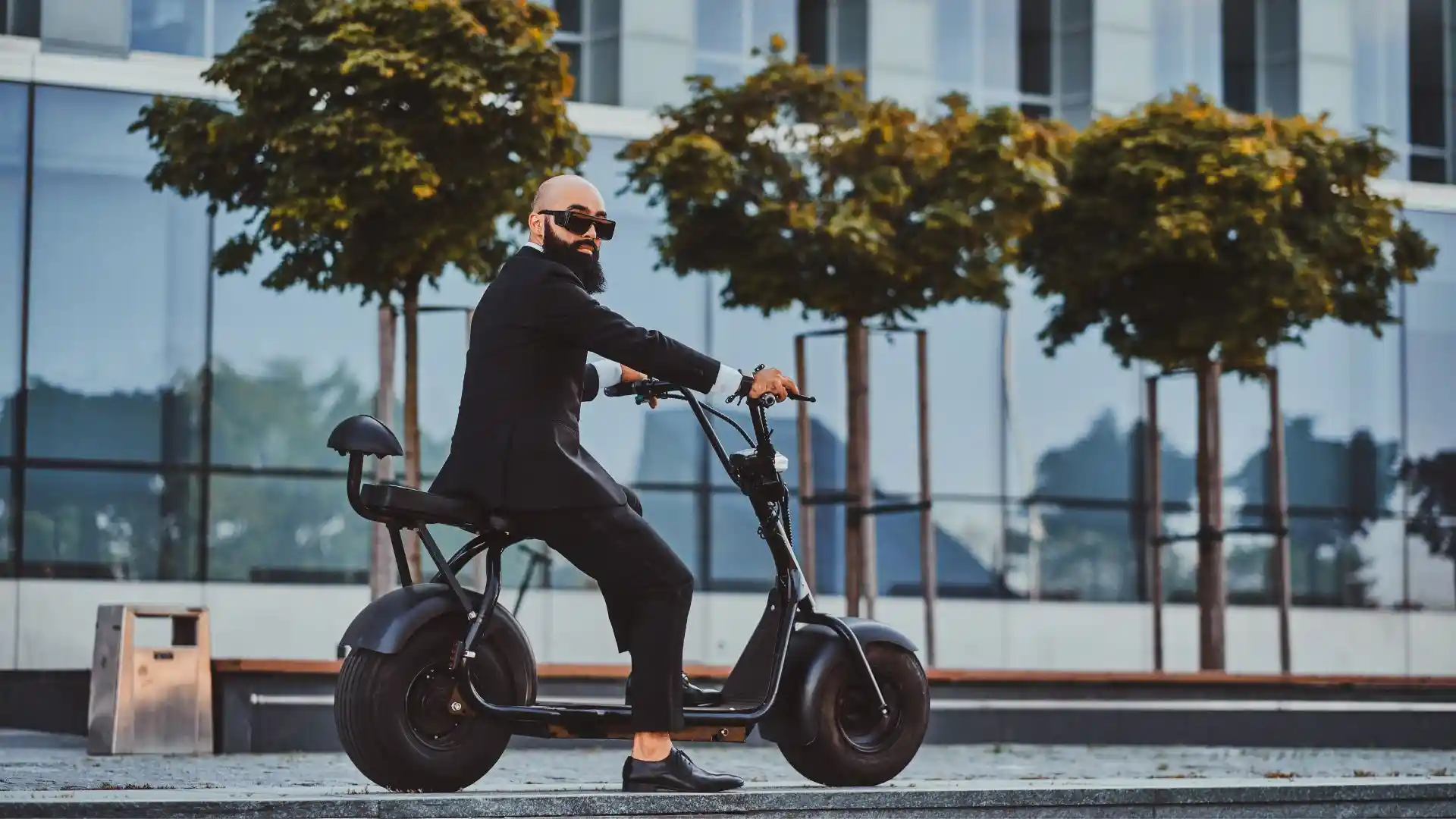More people are buying electric bikes these days. They are good for the environment and easy to use. If you think about getting an electric bike, how fast it goes is important to know. The average speed will tell you how useful it is for things like commuting, fun rides, or exercise. This article will explain what makes electric bikes go faster or slower and what speed you can expect. It will look at how things like battery power and rider effort affect the average speed. Knowing this can help you pick out the right electric bike for what you want to use it for.
Factors Affecting Average Speed of Electric Bikes:
Motor Power
How powerful the motor is matters a lot for how fast an electric bike can go. More watts means more power from the motor. This allows quicker speeding up and higher top speeds. Most electric bikes have motors between 250 to 750 watts. The best, more expensive models may have even mightier motors than that. A motor’s wattage tells you how strong it is. The stronger the motor, the faster the electric bike can accelerate and pedal at top pace. The wattage number shows how quick and fast a motor can push the bike.
Battery Capacity
The battery size is important for how far and fast an electric bike can go. A bigger battery keeps the bike going faster for more time before needing a charge. But hills, how heavy the rider is, and how hard they pedal also use up the battery power quicker. This then slows down the speed. A large battery saves its power better so you can pedal at high speeds covering further distances. However, things like hilly trails, heavier riders, or very energetic cycling drain the battery faster. When the battery runs low sooner, it can’t push the bike as quickly anymore. Several things control how long the battery lets the electric bike zoom along quickly. Sindh vehicle verification is a mandatory process for all vehicles, including electric bikes, ensuring they meet legal standards for roadworthiness and safety.
Terrain
The kind of land the electric bike rides on is very important for its average speed. Riding on flat, even ground lets it go faster than bumpy or hilly places. Going uphill really slows the bike down, especially if the motor is not powerful enough to help push it up strongly. Rolling hills or dirt trails are tougher to pedal fast on than paved roads. The motor needs to provide good shove to keep speed when climbing hills. Speed depends a lot on whether the path is flat or filled with ups and downs. Smooth pavement is easiest for the electric bike to zoom along compared to rough dirt or many steep hills. The terrain affects how quickly it can average out its riding pace.
Also read: Top 10 Profitable Niches with Low Competition
Rider Input
Electric bikes offer different amounts of help from the motor. Some give just a little boost while others almost completely power themselves. How fast an electric bike goes depends on how hard the rider pedals too. Bikes with adjustable help settings let the rider change the motor’s strength based on their ability and the ride. Some people may pedal slowly while getting mostly motor help up hills. Others may pedal very fast while the motor just gives a small push on flat land. Being able to set the assist level to low, medium, or high pedal help makes the bike match the terrain and rider’s skills. This lets the rider control their speed mix of motor and muscle power.
Conclusion | Average Speed of Electric Bikes
Many things impact how fast electric bikes usually go. Things like motor strength, battery size, hilly or flat land, and how hard the rider pedals change the average speed of electric bikes. Usually, electric bikes go 15 to 28 miles per hour when conditions are best. But real speeds may be different depending on the person riding it. Riders should think about how these factors match their needs. Some use electric bikes to get to work, some for fun rides, and others for exercise.

